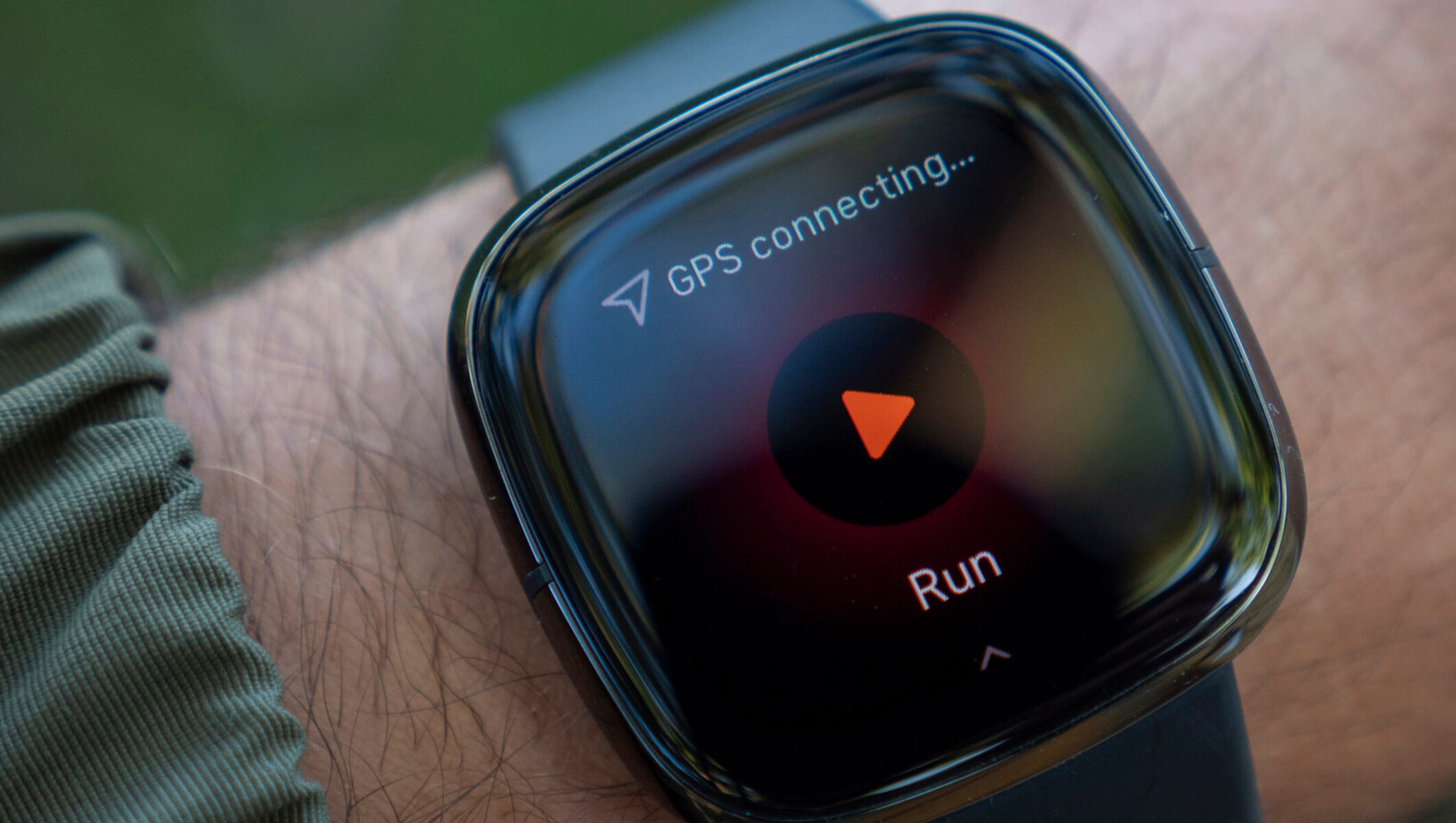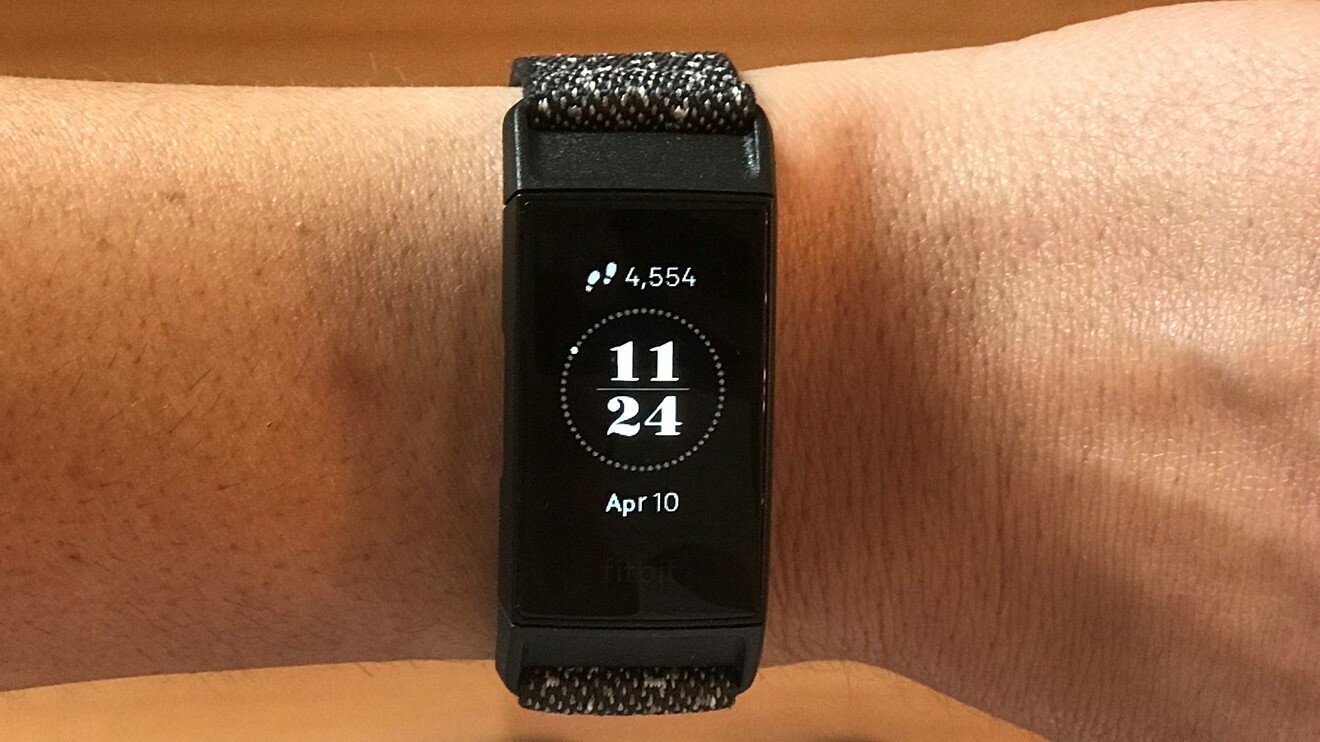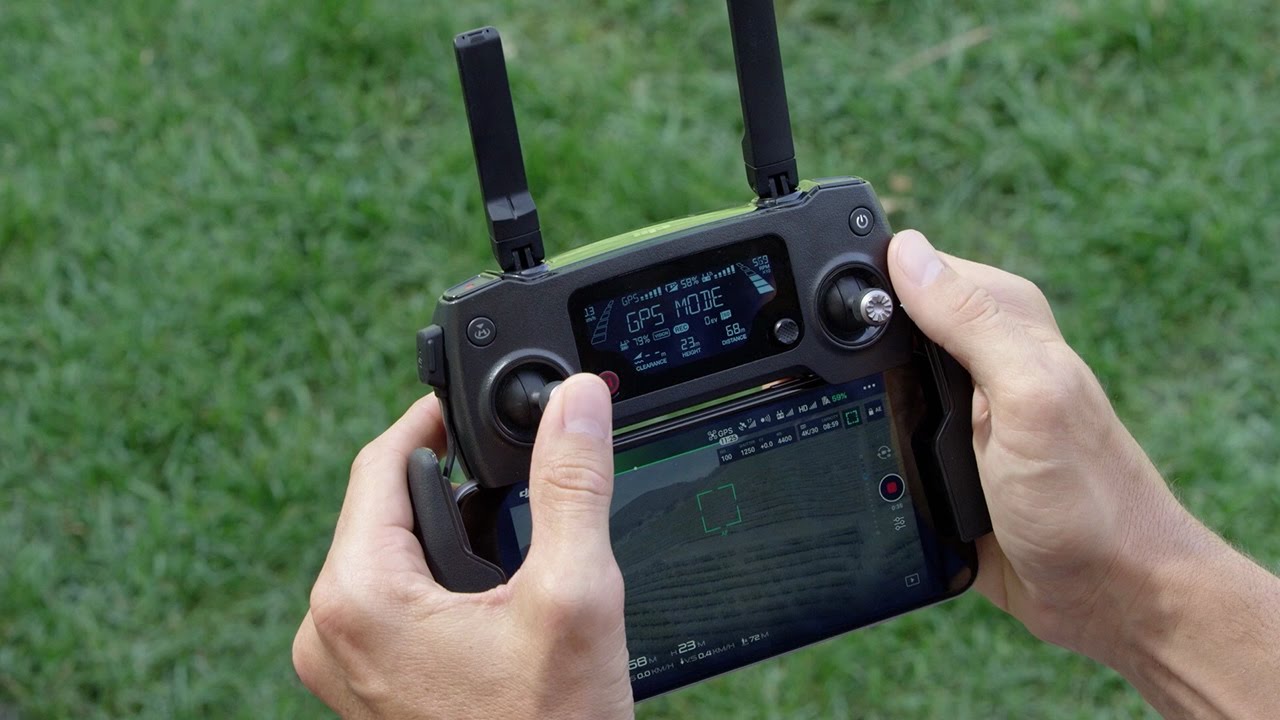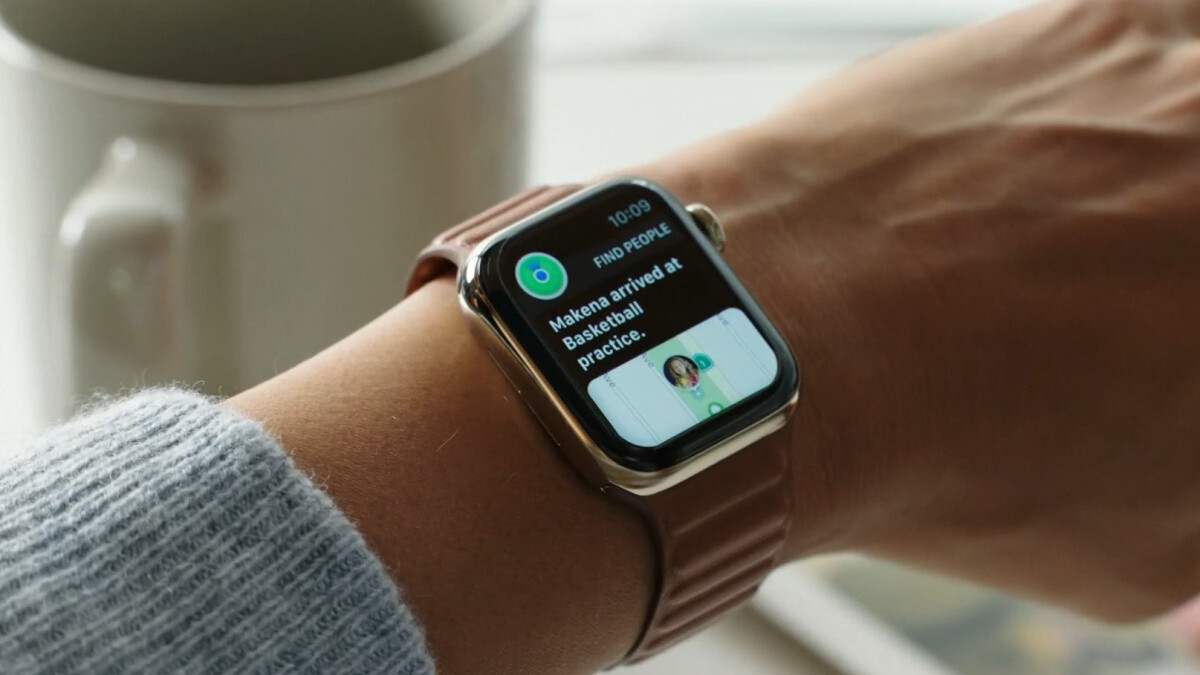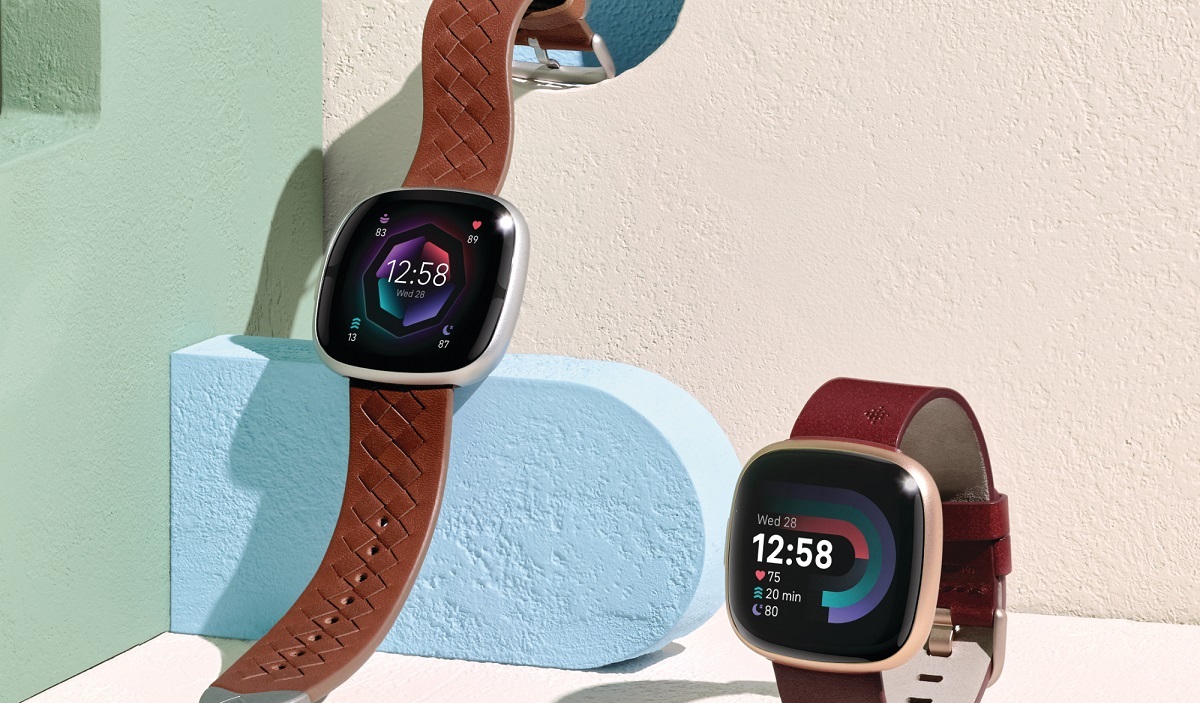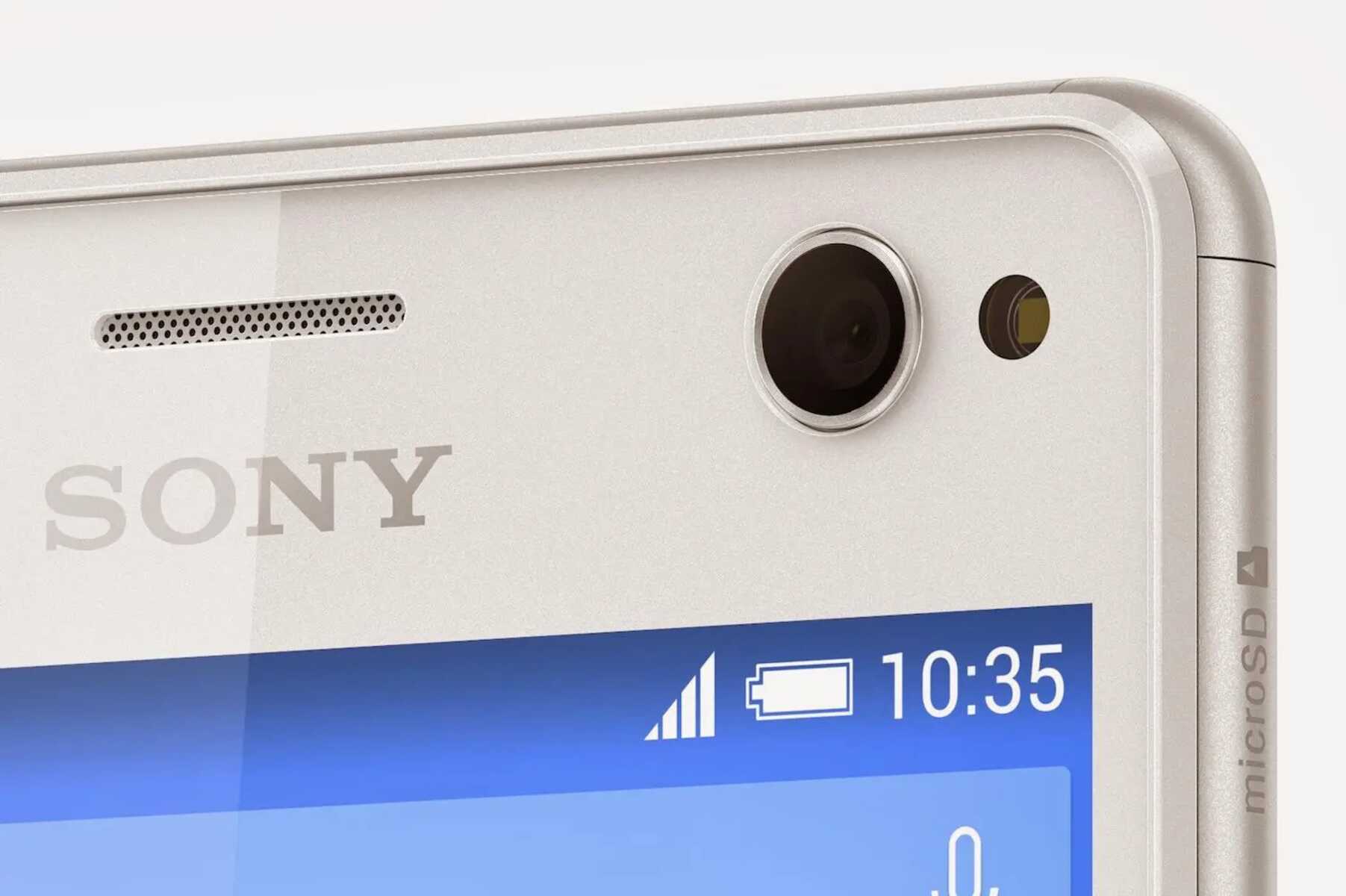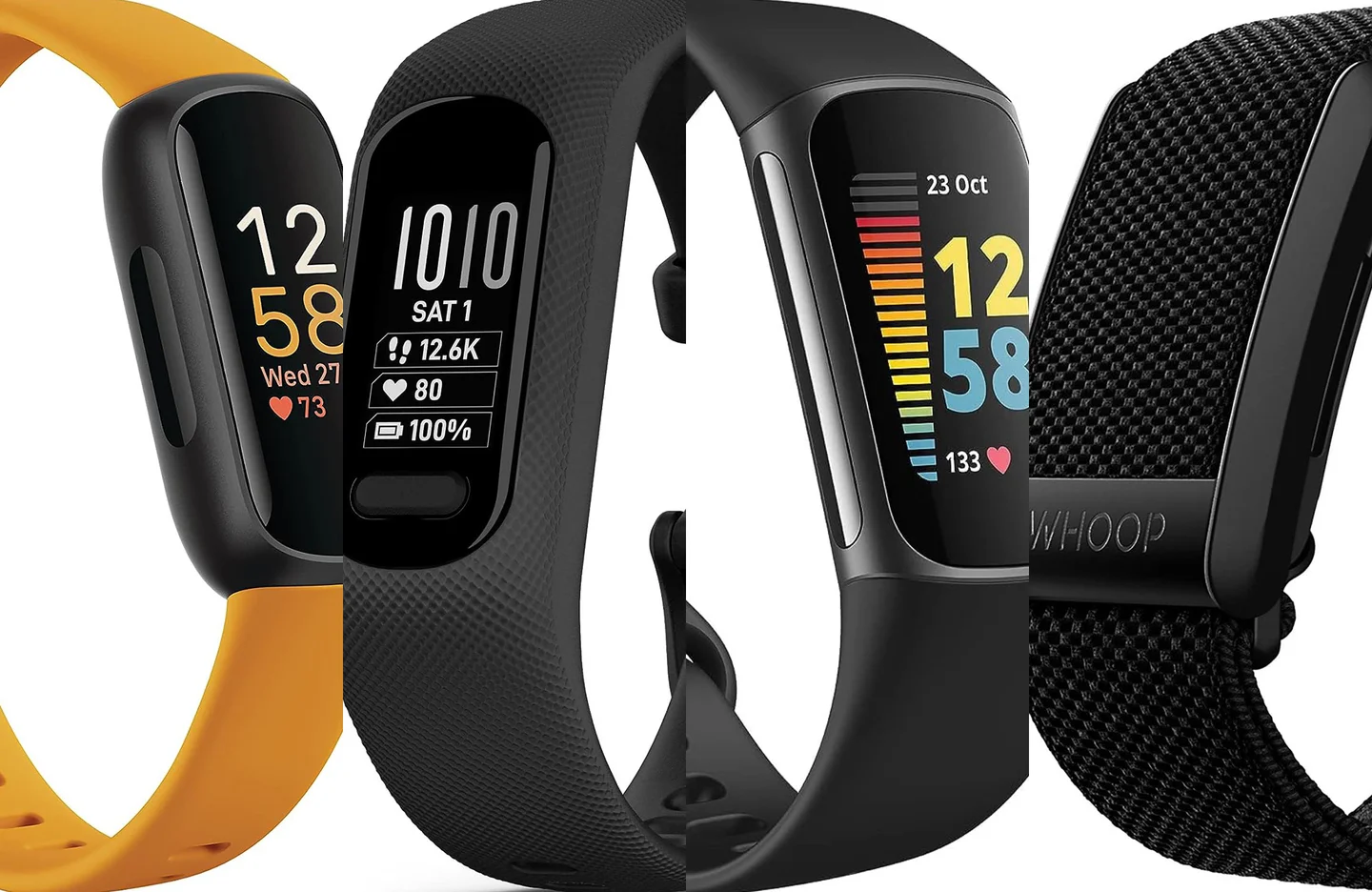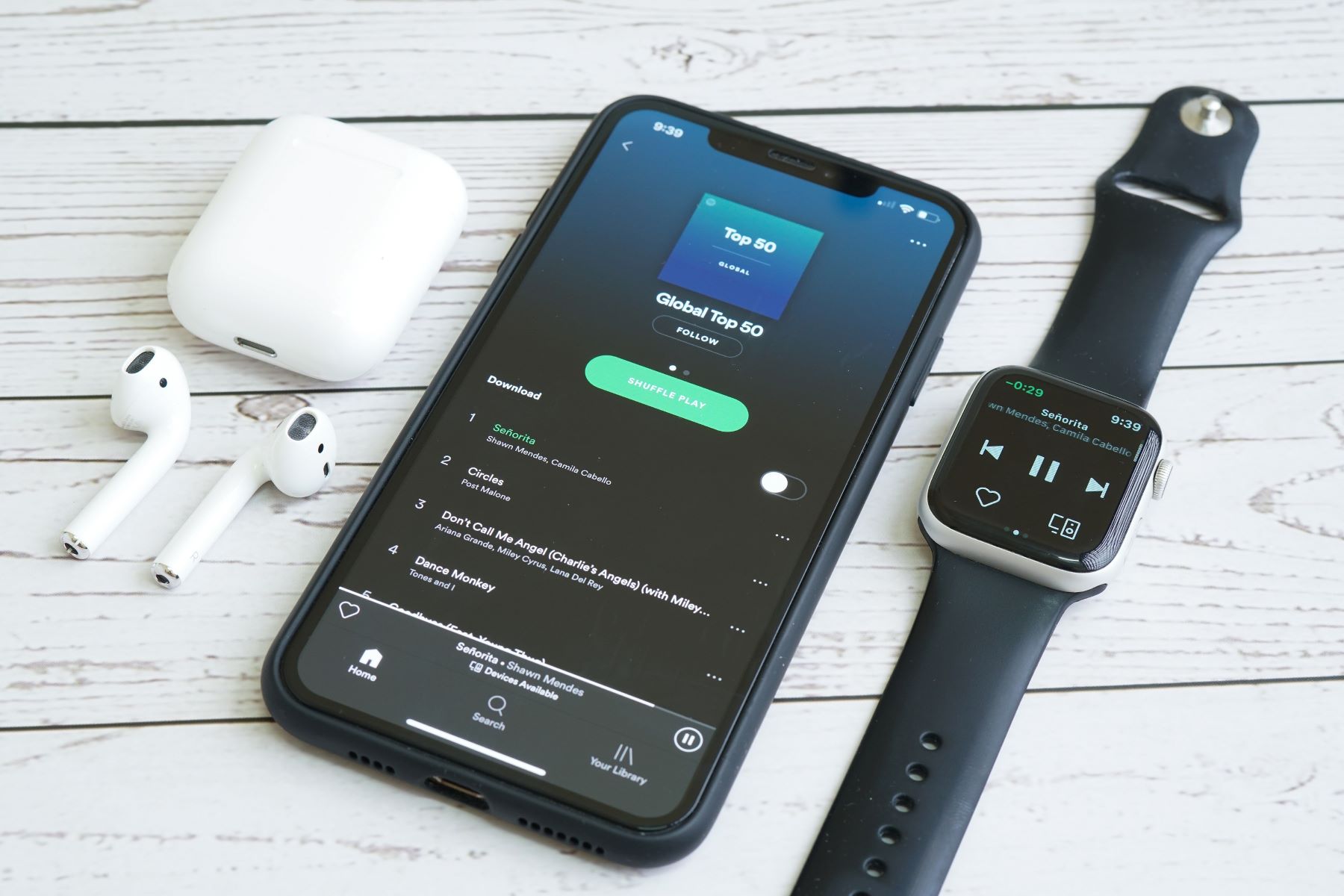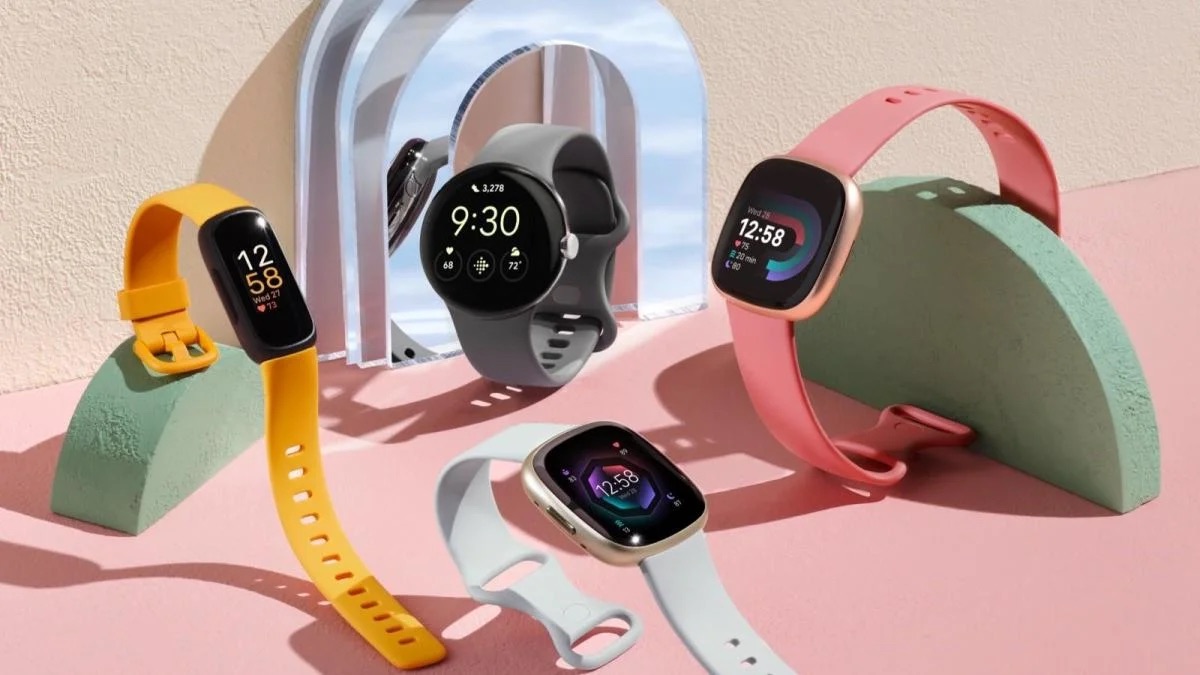What is GLONASS?
GLONASS, which stands for Global Navigation Satellite System, is a satellite-based navigation system operated by the Russian Aerospace Defense Forces. Similar to the GPS (Global Positioning System), GLONASS provides users with precise positioning and timing information anywhere on the globe. It consists of a constellation of satellites that orbit the Earth and continuously transmit signals, allowing compatible devices to determine their exact location.
The GLONASS system was developed to provide an alternative or complementary navigation option to GPS. By utilizing GLONASS in conjunction with GPS, devices can access a larger number of satellites, resulting in improved accuracy and reliability, especially in challenging environments such as urban canyons or dense foliage where GPS signals may be obstructed.
GLONASS operates using a network of 24 satellites, ensuring global coverage and enabling users to obtain location data with high precision. The satellites are positioned in three orbital planes, each inclined at an angle of 64.8 degrees relative to the equator. This configuration allows for a minimum of five visible satellites from any point on the Earth's surface, enhancing the system's effectiveness in determining accurate positioning.
In addition to providing location information, GLONASS also offers precise timing data, which is essential for various applications, including telecommunications, banking, and power grid synchronization. The system's ability to deliver accurate timing signals is crucial for maintaining synchronization in critical infrastructure and communication networks.
Overall, GLONASS plays a vital role in global navigation and positioning, offering an essential alternative to GPS and contributing to the advancement of location-based technologies and services.
I have provided a detailed overview of GLONASS, highlighting its purpose, functionality, and significance in global navigation. If you need further information on this topic or want to explore other sections, feel free to let me know.
GLONASS and Fitbit: How do they work together?
Fitbit, a leading manufacturer of wearable fitness devices, has integrated GLONASS technology into some of its models to enhance location tracking capabilities. By incorporating GLONASS alongside GPS, Fitbit devices can access a more extensive network of satellites, resulting in improved accuracy and faster positioning.
When a Fitbit device utilizes GLONASS in conjunction with GPS, it can receive signals from both satellite systems simultaneously. This dual-satellite reception enables the device to calculate its position more swiftly and precisely, especially in challenging environments where obstructed or weak GPS signals may affect accuracy.
The collaboration between GLONASS and Fitbit allows users to experience more reliable location tracking during outdoor activities such as running, cycling, and hiking. With the combined power of GLONASS and GPS, Fitbit wearables can provide real-time data on distance traveled, pace, and route mapping with increased accuracy, empowering users to monitor their fitness activities more effectively.
Moreover, the integration of GLONASS enhances the overall user experience by reducing the time it takes for Fitbit devices to acquire a GPS signal and establish a location fix. This means users can start their workouts promptly without prolonged waiting periods for satellite connectivity, ensuring a seamless and efficient tracking experience.
By leveraging the collaborative capabilities of GLONASS and Fitbit, users can enjoy enhanced precision and reliability in location tracking, ultimately leading to a more satisfying and productive fitness journey.
In summary, the integration of GLONASS with Fitbit devices represents a significant advancement in wearable technology, offering users improved location tracking performance, faster satellite connectivity, and enhanced overall user experience during fitness activities.
This detailed explanation highlights the seamless synergy between GLONASS and Fitbit, showcasing how their collaboration elevates the performance and functionality of Fitbit wearables, especially during outdoor exercises and activities.
If you need further details on this topic or wish to explore other sections, please feel free to let me know.
Benefits of GLONASS on Fitbit
The integration of GLONASS technology on Fitbit devices brings forth a multitude of benefits, significantly enhancing the user experience during fitness activities and outdoor adventures. These advantages encompass improved accuracy, faster satellite connectivity, extended battery life, and enhanced overall performance.
1. Enhanced Accuracy:
By leveraging GLONASS alongside GPS, Fitbit wearables can access a more extensive network of satellites, resulting in enhanced accuracy in location tracking. This combination enables users to obtain more precise positioning data, especially in challenging environments where GPS signals may be obstructed or weakened. As a result, users can rely on more accurate distance measurements, route mapping, and pace tracking, providing a comprehensive overview of their fitness activities.
2. Faster Satellite Connectivity:
The incorporation of GLONASS technology accelerates the process of satellite connectivity, reducing the time it takes for Fitbit devices to acquire a GPS signal and establish a location fix. This swift satellite acquisition ensures that users can commence their workouts promptly without prolonged waiting periods, contributing to a seamless and efficient tracking experience.
3. Extended Battery Life:
Despite the increased satellite connectivity and enhanced accuracy, Fitbit devices equipped with GLONASS technology manage to optimize battery life effectively. The efficient utilization of dual satellite systems allows for prolonged usage without compromising performance, ensuring that users can engage in extended outdoor activities without concerns about battery depletion.
4. Improved Overall Performance:
The collaborative capabilities of GLONASS and Fitbit elevate the overall performance of the wearable devices, enhancing the user experience during fitness activities. With more reliable location tracking and faster positioning, users can engage in outdoor exercises such as running, cycling, and hiking with confidence, knowing that their Fitbit wearables provide accurate and real-time data to support their fitness goals.
In essence, the integration of GLONASS on Fitbit devices delivers a host of benefits, including enhanced accuracy, faster satellite connectivity, extended battery life, and improved overall performance. These advantages collectively contribute to a more seamless and efficient user experience, empowering individuals to make the most of their fitness journeys with reliable and precise tracking capabilities.
How to use GLONASS on Fitbit
Using GLONASS on Fitbit devices is a straightforward process that enhances the accuracy and reliability of location tracking during outdoor activities. To leverage the benefits of GLONASS, users can follow these simple steps to enable the feature on their compatible Fitbit wearable:
-
Accessing Settings: Begin by navigating to the settings menu on the Fitbit device. This can typically be accessed by swiping or tapping on the device's screen to reveal the main menu, where the settings option is located.
-
Locating Satellite Settings: Within the settings menu, users should look for the "Satellite Settings" or "Location Services" option. This is where the GPS and GLONASS settings can be configured to optimize location tracking.
-
Enabling GLONASS: Upon accessing the satellite settings, users can toggle the GLONASS option to enable it alongside GPS. This allows the Fitbit device to utilize both satellite systems simultaneously, enhancing the accuracy and speed of location tracking.
-
Confirming Activation: After enabling GLONASS, users can confirm its activation by checking the satellite status on the device. This typically involves accessing the satellite status screen, where users can verify the reception of signals from both GPS and GLONASS satellites.
-
Initiating Outdoor Activities: With GLONASS activated, users can proceed to engage in outdoor activities such as running, cycling, or hiking. The Fitbit device, now utilizing both GPS and GLONASS, will provide enhanced location tracking, delivering more accurate distance measurements, pace tracking, and route mapping.
By following these simple steps to enable GLONASS on their Fitbit devices, users can experience improved accuracy and reliability in location tracking during their fitness endeavors. The seamless integration of GLONASS alongside GPS empowers individuals to make the most of their outdoor activities, ensuring that their Fitbit wearables provide precise and real-time data to support their fitness goals.
This detailed guide offers users a clear understanding of how to utilize GLONASS on their Fitbit devices, enabling them to optimize the performance of their wearables and enhance their overall fitness experience.
Conclusion
In conclusion, the integration of GLONASS technology with Fitbit wearables represents a significant advancement in the realm of fitness tracking and outdoor navigation. By leveraging the collaborative capabilities of GLONASS alongside GPS, Fitbit devices offer users enhanced accuracy, faster satellite connectivity, extended battery life, and improved overall performance during their fitness activities.
The seamless synergy between GLONASS and Fitbit empowers users to engage in outdoor exercises such as running, cycling, and hiking with confidence, knowing that their wearable devices provide accurate and real-time data to support their fitness goals. With the combined power of GLONASS and GPS, Fitbit wearables deliver precise location tracking, enabling users to obtain more accurate distance measurements, pace tracking, and route mapping, ultimately contributing to a comprehensive overview of their fitness endeavors.
Furthermore, the integration of GLONASS enhances the overall user experience by reducing the time it takes for Fitbit devices to acquire a GPS signal and establish a location fix. This swift satellite acquisition ensures that users can commence their workouts promptly without prolonged waiting periods, contributing to a seamless and efficient tracking experience.
The benefits of GLONASS on Fitbit extend beyond improved accuracy and faster satellite connectivity. Despite the increased satellite connectivity and enhanced accuracy, Fitbit devices equipped with GLONASS technology manage to optimize battery life effectively. The efficient utilization of dual satellite systems allows for prolonged usage without compromising performance, ensuring that users can engage in extended outdoor activities without concerns about battery depletion.
In essence, the integration of GLONASS on Fitbit devices delivers a host of benefits, including enhanced accuracy, faster satellite connectivity, extended battery life, and improved overall performance. These advantages collectively contribute to a more seamless and efficient user experience, empowering individuals to make the most of their fitness journeys with reliable and precise tracking capabilities.
Overall, the collaboration between GLONASS and Fitbit represents a remarkable fusion of technology and fitness, enhancing the capabilities of wearable devices and providing users with the tools they need to achieve their fitness aspirations with confidence and precision. As the fitness technology landscape continues to evolve, the integration of advanced satellite navigation systems such as GLONASS into wearable devices underscores a commitment to delivering exceptional user experiences and driving innovation in the fitness industry.







